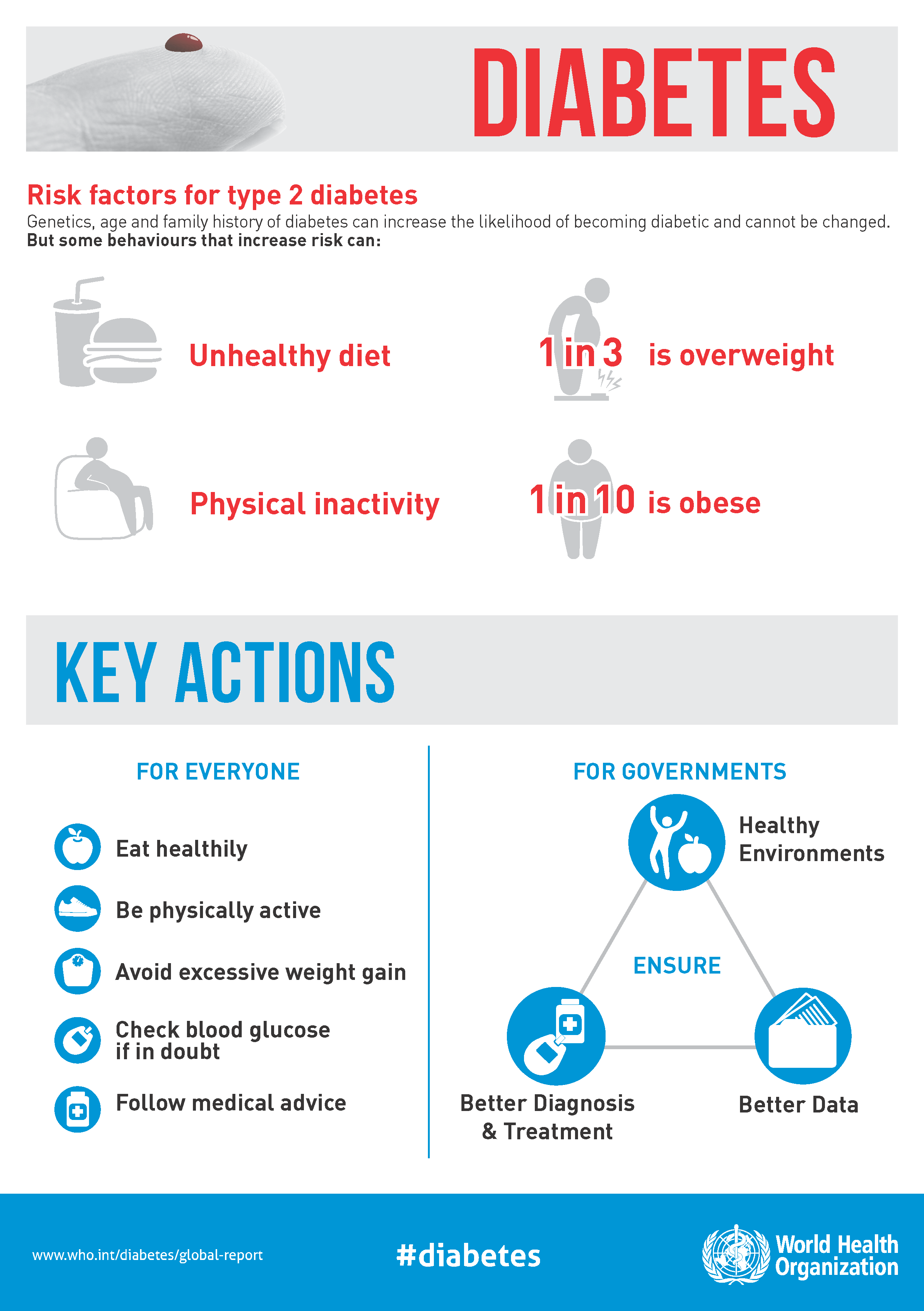Diabetes Awareness and what you can do
The “Borderline Abnormal” Patient – Do you have Pre-Diabetes?

Update from Dr. Aw
December 16, 2020
I saw a patient recently who for this article, we will name “Sam.” Sam is a middle-aged man working in finance who has gained 10-15 “pandemic” pounds and his midsection is expanding. He confessed that he is an emotional eater, has a weakness for cookies and late-night snacks during times of stress. Sam is working from home and putting in long days as his workload has increased. He hasn’t been working out and hasn’t yet figured out how to replace the visits to the gym with home exercises. He was experiencing low energy and getting some recurring non-COVID infections (sore throats, fungal rashes). He was feeling stiff from sitting at the computer all day and getting some funny chest pains. Sam checked out his blood pressure at a local pharmacy and was told that he was borderline high. He booked an appointment with me for a checkup.
I ran some tests. His ECG was normal – but his blood pressure (BP) was slightly elevated at 140/90. His blood work was “borderline” abnormal (slightly out of the normal range). His blood sugar was elevated (but not in the diabetic range). His triglycerides (a type of lipid/fat in the blood) were elevated and his HDL (“good cholesterol”; high density lipoprotein) was low. His waist circumference was above average (over 40 cm). Sam had a bunch of little things that when we put them together are classified as “Pre-Diabetes” also known as Metabolic syndrome, Syndrome X, Insulin Resistance, Obesity Dyslipidemia Syndrome and the “deadly quartet”. His future risk of developing diabetes, heart disease and stroke is much higher unless he can convert those “borderline” abnormal results – back into the normal category.
The accumulation of fat cells around the abdomen (apple body types) can lead to resistance to the effect of insulin which controls the use of glucose and fatty acids. The resulting high levels of blood sugar (glucose), insulin levels and chronic inflammation (fat cytokines) can lead to dysfunction of the lining of the blood vessels and contribute to atherosclerosis (clogging of the arteries if accompanied by high lipid levels and high blood pressure). In other words – increasing your risk of heart attacks and strokes.
Fortunately – pre-diabetes can be reversed with weight loss, physical activity and a healthy diet; particularly the Mediterranean Diet (high in fruits, vegetables, nuts, whole grains, olive oil), and foods with low glycemic index, high fiber and DASH Diet (limit daily sodium intake to less than 2,400 mg) for high blood pressure are helpful. Some patients still require medication to treat elevated lipids, sugars and blood pressure to delay the onset of diabetes (which also has a genetic component).
So back to Sam….
I saw Sam at a follow-up appointment, and he looked fantastic! He lost 10 lbs. by adopting the Mediterranean Diet, decreasing his daily salt intake, and cutting out the cookies and late-night snacks. He also started doing daily walks and worked out virtually with a personal trainer a few times a week. We discussed some of the new Canadian 24 hour movement guidelines (https://csepguidelines.ca/) that emphasizes the importance of limiting screen time and increasing daily activity with time protected for sleep. His home blood pressure readings were now around 120/80. We repeated his blood work and his glucose, HDL and triglycerides were trending better. Best of all – he felt great and energized!
In isolation – certain risk factors don’t seem so bad if considered “borderline” abnormal. However – when viewed together it can increase your risk and you may not even know it. Fortunately – it is never too late to reverse the trend through healthy lifestyle choices and action!
So, what is known about Pre-diabetes aka Metabolic Syndrome? Do you have it?
Do you recall ever having this type of conversation with your physician? “Your weight is a little up, your blood pressure is borderline high, and your lab tests are just out of the normal range – but no need for medication right now.” Well – make sure that you don’t have a collection of these risk factors because it may mean that you are at future risk for diabetes.
The American National Cholesterol Education Program (NCEP) Adult Treatment Panel III (ATP III) criteria define metabolic syndrome as the presence of any three of the following five traits:
Abdominal obesity, defined as a waist circumference ≥102 cm (40 in) in men and ≥88 cm (35 in) in women
Serum triglycerides ≥150 mg/dL (1.7 mmol/L) or drug treatment for elevated triglycerides
Serum high-density lipoprotein (HDL) cholesterol <40 mg/dL (1 mmol/L) in men and <50 mg/dL (1.3 mmol/L) in women or drug treatment for low HDL cholesterol
Blood pressure ≥130/85 mmHg or drug treatment for elevated blood pressure
Fasting plasma glucose (FPG) ≥100 mg/dL (5.6 mmol/L) or drug treatment for elevated blood glucose
Source: https://www.nhlbi.nih.gov/files/docs/guidelines/atglance.pdf
Metabolic syndrome (pre-diabetes) has also been associated with several obesity-related medical conditions such as fatty liver, cirrhosis and liver cancer, chronic kidney disease, polycystic ovarian disease, sleep apnea and high uric acid (gout). Metabolic syndrome has also been linked to chronic inflammation and risk for cognitive decline and dementia. High blood pressure, lipid levels (cholesterol, triglycerides) and diabetes are a very bad combination for several diseases!

References
Metabolic Syndrome https://medlineplus.gov/metabolicsyndrome.html
Frederick Banting and the Discovery of Insulin https://definingmomentscanada.ca/news/officially-launched-insulin100-inspiration-and-innovation/
Glycemic Index https://medlineplus.gov/ency/patientinstructions/000941.htm
The Metabolic Pandemic https://www.ahajournals.org/doi/full/10.1161/ATVBAHA.107.151092
Global Prevalence https://emedicine.medscape.com/article/165124-overview#a6
Canadian 24 hour movement guidelines https://csepguidelines.ca/wp-content/uploads/2020/10/24HMovementGuidelines-Adults18-64-2020-ENG.pdf
The information, content and material provided by OMERS Administration Corporation at each link on this page is provided for informational purposes only and is not intended to be, or to substitute for, medical advice. Always seek the advice of a qualified healthcare professional if you have any questions regarding a medical condition or treatment and do not disregard or delay seeking professional medical advice because of the content provided at any of the links on this page. OMERS AC and its affiliates and other investment entities are not responsible or liable in any manner for your use of or reliance on the above information.